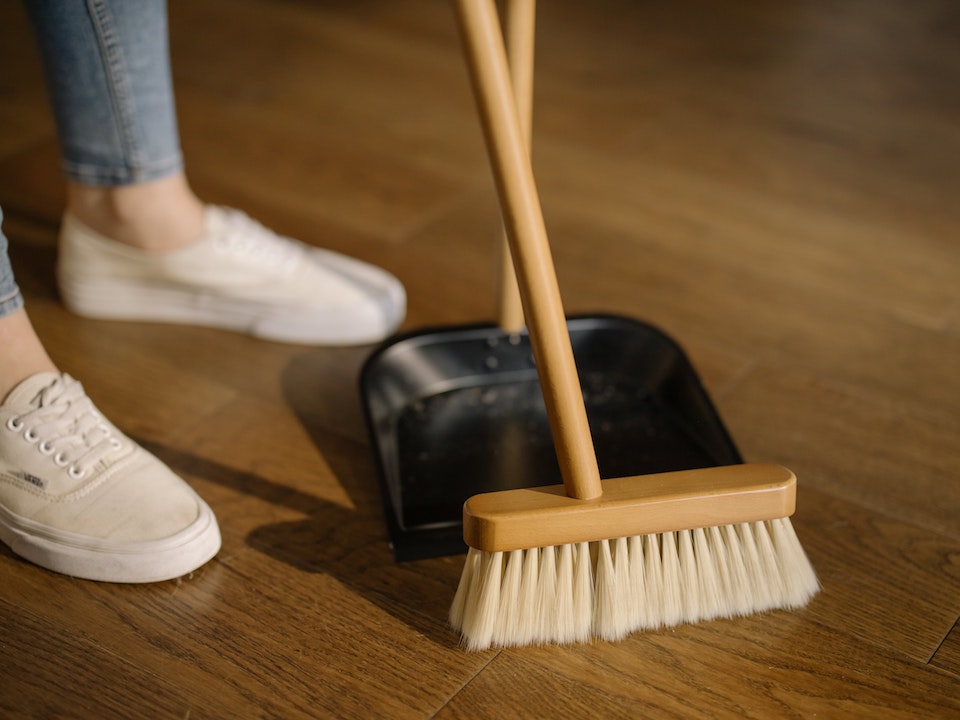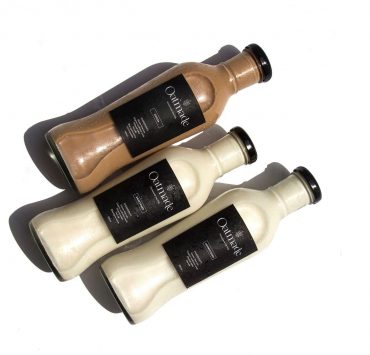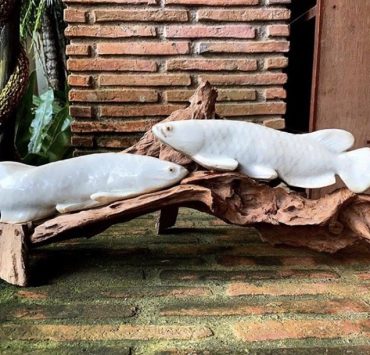In a previous article, I’ve mentioned that cleaning has become my form of therapy during quarantine. And if somehow, you’ve been inspired to get up and start your quest to decluttering because of the psychological benefits of cleaning that I’ve collated, then I’ve got a handy guide for you.
[READ: My quarantine therapy is cleaning and here’s why it should be yours, too]
When I was looking for cleaning methods, one of the things that I considered was how my home is now also my office. It isn’t enough to just be clutter-free; no, my space has to help me be efficient and productive at work. That’s why I found this Japanese cleaning guide interesting, because it also talks about your mindset as you clean.
Called the 5S method, it puts together five Japanese practices to produce a system aimed at reducing clutter and increasing productivity by keeping things orderly. It involves the practices of seiri, seiton, seiso, seiketsu and shitsuke, which we’ll briefly explain below.
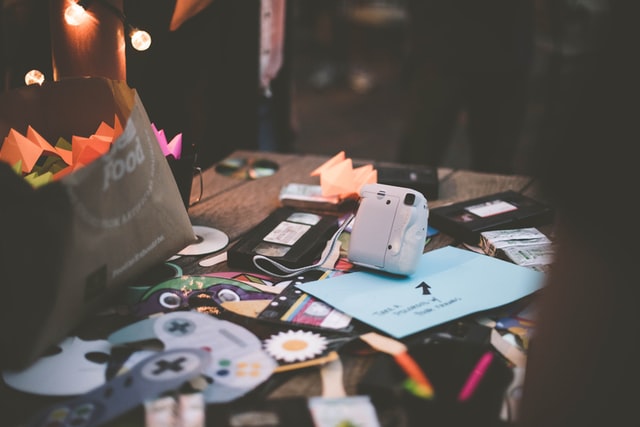
Seiri is about deciding what you need
Simplified as the process of sorting, seiri involves taking a fresh look at the workplace and identifying what items are necessary and unnecessary. To do this, you must figure out what you need now—not the future and definitely not the past.
“Seiri means denying the possibilities of “we might need that someday” and accepting that we won’t,” writes business practices firm Japan Intercultural Consulting in an article about how following the 5S method can help you function better in your workplace.
Seiton is about properly organizing your stuff
Don’t mistake the emphasis of seiton on organizing and seiri on sorting as the same thing. While seiri is about knowing which items are worth keeping and which aren’t, seiton is about storing items neatly and orderly so that you can retrieve them easily when you need them.
“If we simply focus on putting things away, we can lose sight of why we put things away, which is to be able to retrieve them quickly when we need them,” writes Japan Intercultural Consulting as well. “Seiton means determining where and when items are needed and placing them in a way that promotes efficient workflow.”
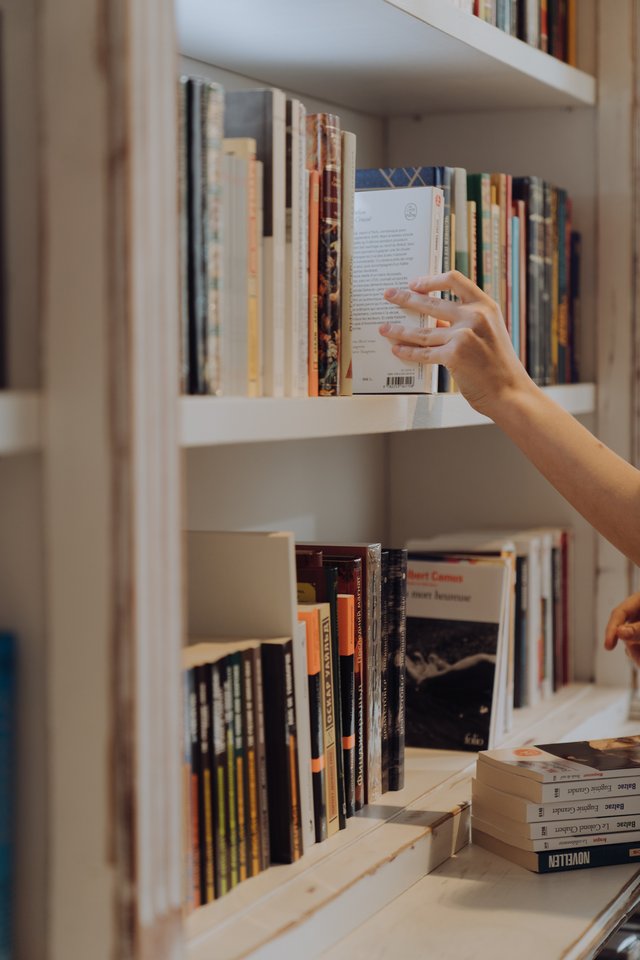
Seiso is about everyone contributing to keeping all spaces clean
Cleaning is learned and practiced—and it is everyone’s responsibility. For seiso, cleanliness as an attitude where clutter is intolerable should be a mindset for everyone who uses a certain space. Very handy for those busy working at home, right? Instead of assigning just one person, everyone who lives in the same house must contribute to ensuring that everything is tidy.
And by ensuring that everything is tidy, we mean everything—not just the ones you can spot immediately like a messy desk or clutter on the floor. It involves inspecting the things you clean, as well as the tools and machinery you use. Ask yourself, “why is it dirty?” and figure out its root, which can save you from possibly more cleaning in the future. Who knows, the reason for all the grime might be a leak or spill somewhere, which you can prevent before its damage gets bigger.
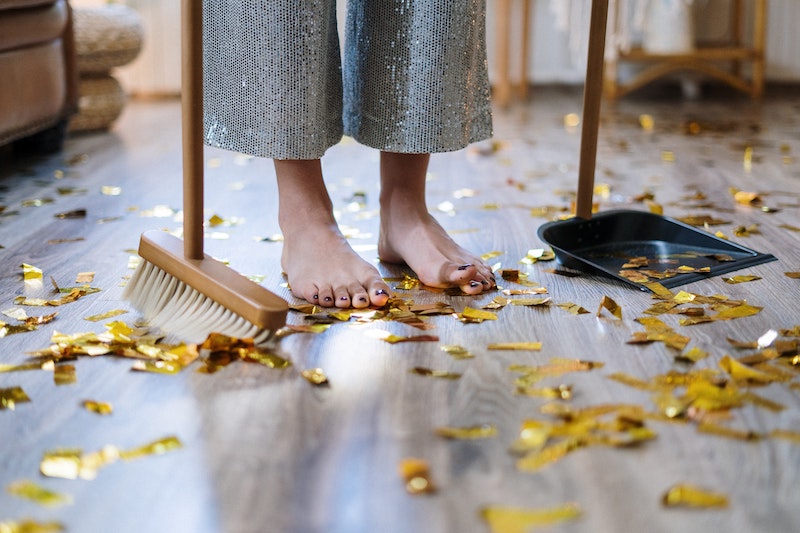
Seiketsu is about keeping things sanitized and standardized
According to the practice of seiketsu, we must treat our homes as a “clean space.” In order to maintain this, we must have a clear system and standard in cleaning that we can incorporate in our routine.
Aside from this, seiketsu emphasizes on the importance of sanitizing—not just cleaning, but sanitizing. From time to time, you should check for expired or hazardous materials in your space and remove them right away.
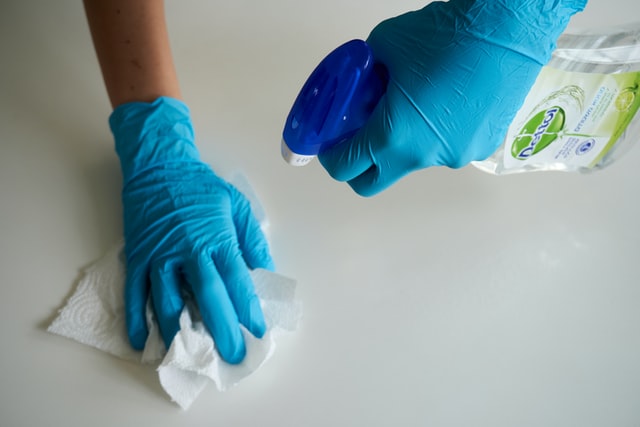
Shitsuke is about exercising discipline in following the above regularly
The last practice in the 5S methodology involves applying all the four other practices on a regular basis—and not just when things seem out of order. A simple way of doing this is by keeping a cleaning schedule, having a checklist and doing evaluations.
By being proactive and consistently observing seiri, seiton, seiso and seiketsu, we will eventually fall into a habit of practicing cleanliness without having to be reminded. This is why shitsuke is considered as the practice aimed at sustaining, and an important element of it is having discipline.
Header photo by cottonbro from Pexels
Get more stories like this by subscribing to our weekly newsletter here.
Read more:
The 4 most creative methods to declutter your home
The 5 stages of cleaning your desk
Decluttering? Here’s what to do with pre-loved items
Writer: YANN MAGCAMIT


